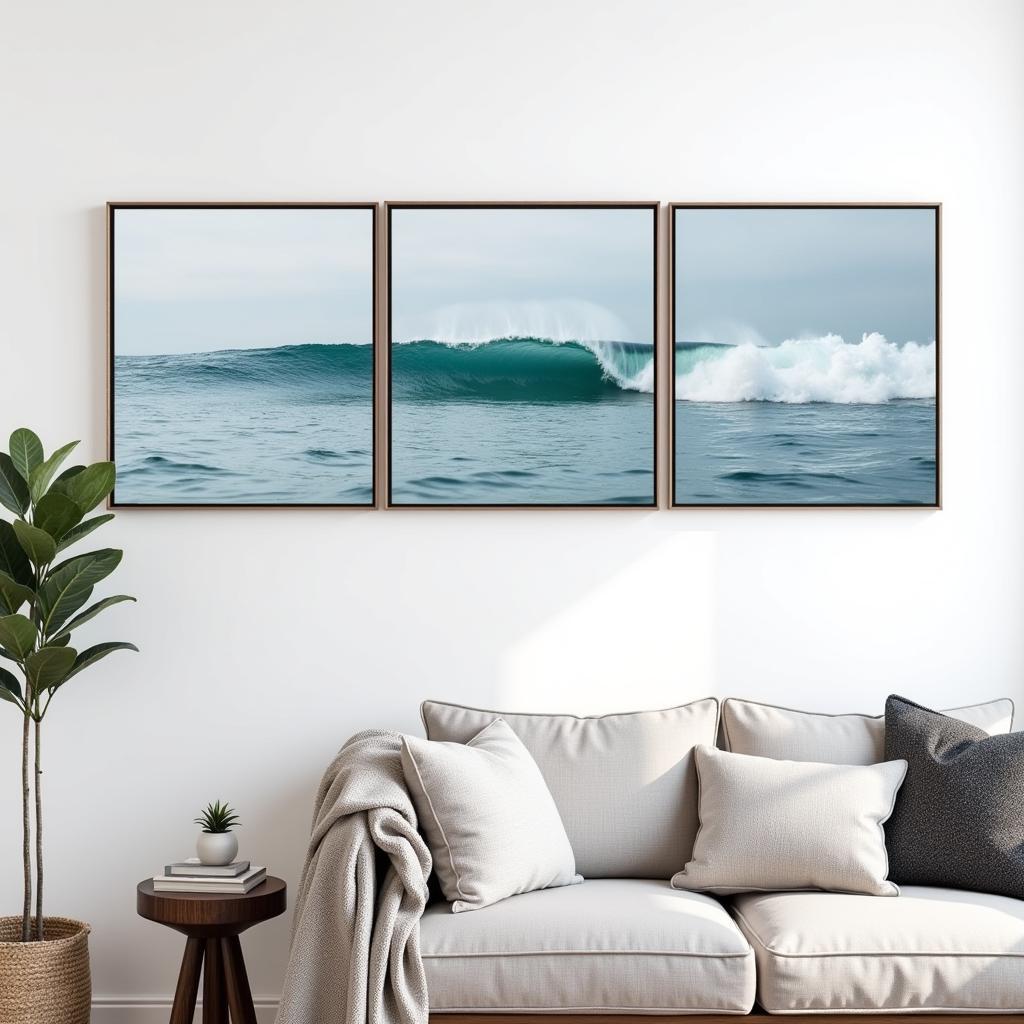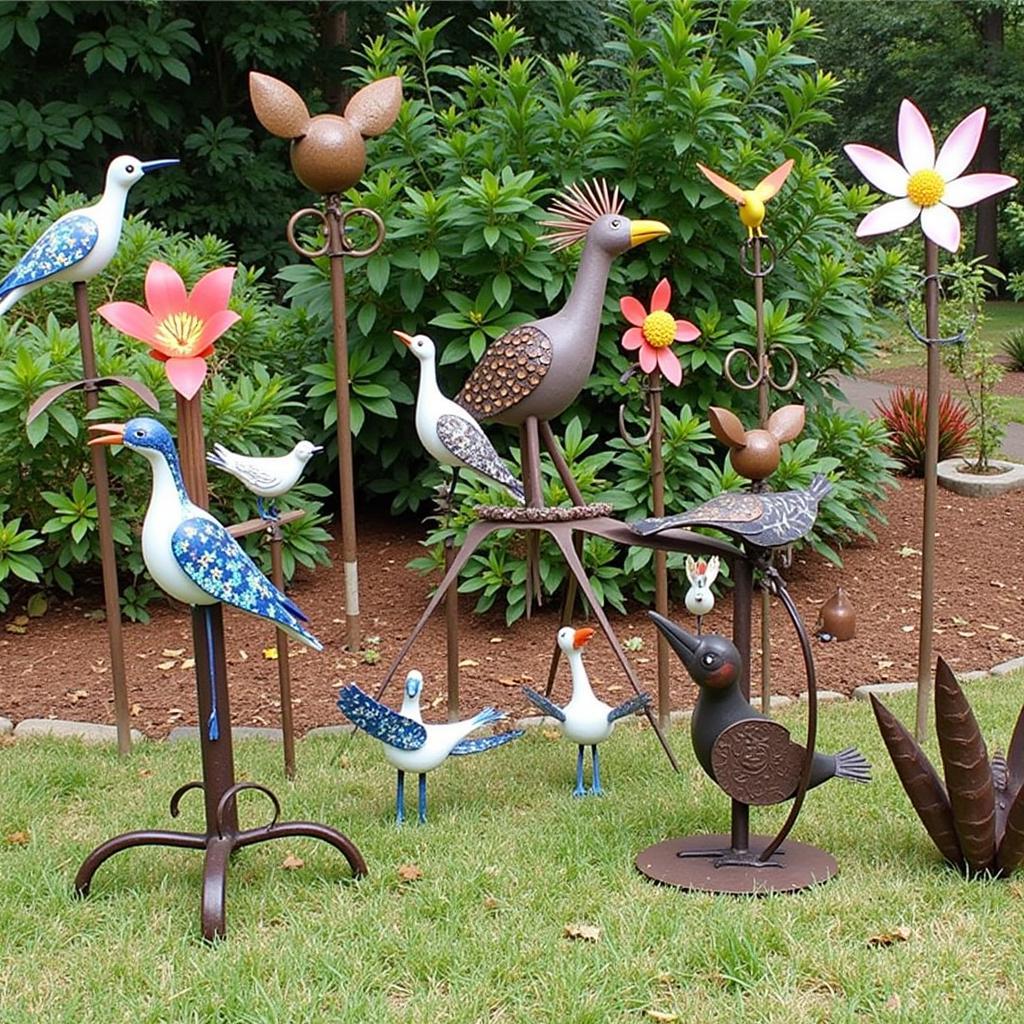F-105 Thunderchief Nose Art: A Canvas of War and Whimsy
The F-105 Thunderchief, a formidable workhorse of the Vietnam War, became a canvas for a unique form of artistic expression: nose art. This practice, born from a tradition dating back to World War I, transformed the warplanes into personalized symbols of pride, camaraderie, and even defiance. From menacing sharks and fierce tigers to playful cartoon characters and patriotic emblems, F-105 Thunderchief nose art offers a fascinating glimpse into the lives and minds of the men who flew these powerful machines.
The Origins and Evolution of F-105 Nose Art
Nose art wasn’t unique to the F-105. It has a rich history, originating in World War I with pilots personalizing their aircraft with emblems and insignia. This tradition carried over to World War II, where elaborate and often humorous designs adorned bombers and fighters. The F-105, entering service during the Vietnam War, inherited this legacy, but with its own distinct flavor. The challenging conditions and the psychological toll of the war influenced the art, often reflecting a mix of bravado, dark humor, and longing for home. Early F-105 nose art often featured unit emblems and nicknames, evolving over time to incorporate more personal and intricate designs.
What Did F-105 Thunderchief Nose Art Represent?
The meaning behind F-105 Thunderchief nose art was as varied as the designs themselves. For some, it was a way to express unit pride and esprit de corps. Nicknames like “The Scorpions” or “The Wild Weasels” were proudly displayed, often accompanied by striking visuals. For others, it served as a good luck charm, a talisman against the dangers of combat. And for many, it was a form of personal expression, a way to inject a bit of individuality into the harsh realities of war. Cartoon characters, pin-up girls, and personal monikers offered a temporary escape and a reminder of the world beyond the battlefield.
Common Themes and Motifs in F-105 Nose Art
Certain themes and motifs frequently appeared in F-105 nose art. Aggressive animals like sharks, tigers, and eagles were popular choices, symbolizing power and ferocity. Patriotic imagery, including American flags and eagles, reflected national pride and a commitment to the mission. Humorous and satirical designs, often featuring cartoon characters or caricatures, provided a much-needed dose of levity. And, of course, names of loved ones and hometowns served as a constant reminder of what they were fighting for.
The Legacy of F-105 Thunderchief Nose Art
Though the F-105’s combat role has ended, its nose art continues to fascinate and inspire. It offers a unique window into the lives and experiences of the pilots who flew this iconic aircraft. These vibrant and often poignant works of art serve as a testament to the human spirit’s resilience and creativity even in the face of adversity. Studying F-105 nose art provides valuable insights into the culture of the Vietnam War era and the psychological impact of combat on those who served. It’s a powerful reminder of the human element behind the machines of war.
Preserving and Documenting F-105 Nose Art
Efforts are underway to preserve and document F-105 Thunderchief nose art, ensuring that these unique pieces of history are not lost. Museums, historical societies, and dedicated individuals are working to collect photographs, stories, and even original aircraft components featuring nose art. These efforts help to keep the memory of the F-105 and the men who flew it alive for future generations.
 F-105 Thunderchief Nose Art: Museum Preservation
F-105 Thunderchief Nose Art: Museum Preservation
Conclusion
F-105 Thunderchief nose art is more than just paint on metal. It’s a powerful expression of human experience, capturing the emotions, fears, and hopes of those who flew these mighty warplanes. From the menacing to the whimsical, F-105 nose art offers a unique and compelling lens through which to understand the Vietnam War and the individuals who fought in it.
FAQ
- What was the purpose of F-105 nose art? It varied, including unit pride, good luck charms, and personal expression.
- What are some common F-105 nose art themes? Animals, patriotic symbols, humor, and personal names/places.
- Where can I see examples of F-105 nose art today? Museums, historical societies, and online archives.
- Was nose art allowed on all military aircraft? Generally, yes, though regulations varied over time and between branches.
- Who created the F-105 nose art? Often the pilots themselves, or ground crew with artistic talent.
- What types of paint were used for F-105 nose art? Typically durable enamel paints designed to withstand harsh conditions.
- Is there a database of all known F-105 nose art? While no comprehensive database exists, numerous resources document existing examples.
Need support? Contact us 24/7 at Phone: 02462573573, Email: danteum@gmail.com or visit us at Savico Megamall, 7-9 Nguyễn Văn Linh Street, Gia Thụy Ward, Long Biên District, Hanoi 10000, Vietnam.



